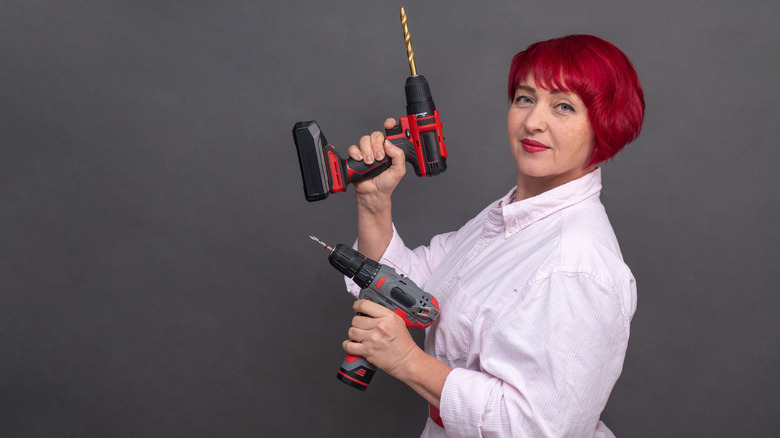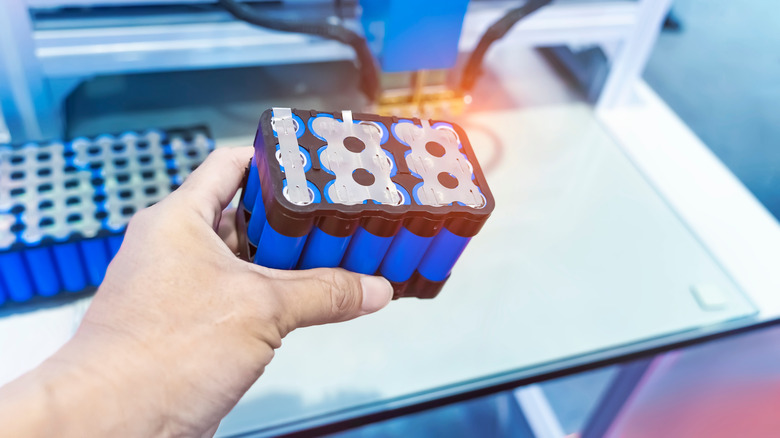
Trickle charging is a method where a low and steady current is sent to a battery over a long period. This method is quite common for the batteries that are stored or are not in regular use. The goal is to keep the battery from draining completely while it sits idle. Usually, the traditional batteries like lead-acid types lose charge naturally over time. However, the trickle chargers help balance that loss. They're designed to stay connected for days or even months -- basically, make sure the battery stays
ready when needed.
However, this method comes with a few catches, which makes trickle charging one of the many mistakes people make with lithium batteries. Trickle chargers usually output just 1 to 3 amps, which means charging is very slow. A large battery, let's say, around 100Ah, could take over 100 hours to fully charge at 1 amp. Unless the charger has built-in smart features, it won't automatically stop when the battery is full. The result would be overcharging, overheating, or even permanent damage to the battery over time. While trickle charging works well for older battery types, it's not the best choice when it comes to lithium-ion batteries used in power tools.
Read more: Battery Brands Ranked From Worst To Best
Why Trickle Charging Doesn't Work For Lithium-Ion Batteries?

Let's talk about the lithium-ion batteries, which you can find in cordless drills, saws, or even golf carts. Firstly, these batteries are built differently and need very specific conditions to charge safely. And if they get too much power or stay on the charger too long, the result wouldn't be what you expected -- swelling, leaking, or in some cases, even catching fire. That's why most of them come with a built-in safety system called a Battery Management System, or BMS for short. This system simply manages how the battery charges. Still, the batteries depend on using the right charger, which is especially made for lithium ones.
Talking about the chargers, trickle chargers don't offer the kind of regulation that lithium batteries need. In fact, keeping a lithium battery hooked up to a trickle charger can slowly degrade its chemistry. It may even lead to internal damage, such as dendrite buildup, which can cause short circuits. Also, lithium polymer batteries, which are used in many compact power tools, are even more sensitive due to their thinner internal layers. Putting it simply, the constant low current from a trickle charger can do more harm than good.
Smart Chargers Are A Safer Alternative

For lithium-ion batteries, the best and safest option is a smart charger that is specifically designed for that battery type. They work well as they know when to send the power and when to stop. Thus, once the battery reaches full charge, these smart chargers cut off the power automatically. As a result, problems like overheating, swelling, or reduced battery life are eliminated. Smart chargers also adjust current and voltage levels during different stages of charging, helping your battery last longer and work better.
It's also worth noting that lithium-ion batteries don't lose charge quickly when stored, which is quite the opposite of lead-acid batteries, which can lose 10–15% per month. In comparison, the lithium batteries only self-discharge by about 2–3%. Thus, they don't even need to be connected to a charger all the time. Now, let's say you're storing your tools. In that case, charge the battery to around 50%, disconnect it, and store it somewhere cool and dry. And always follow the manufacturer's charging instructions because using the wrong method can ruin the battery or even void your warranty.
Want the latest in tech and auto trends? Subscribe to our free newsletter for the latest headlines, expert guides, and how-to tips, one email at a time.
Read the original article on SlashGear.










